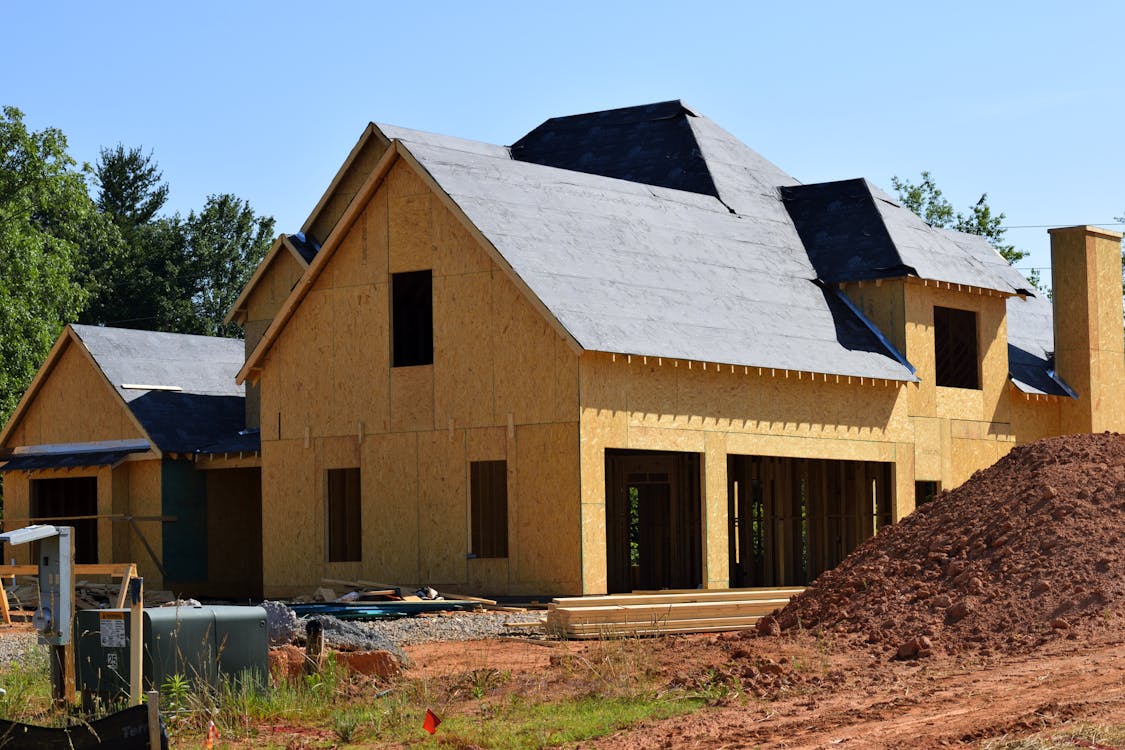Last Updated on April 8, 2025 by SampleBoard
What are sustainable construction practices?
Sustainability has evolved from a mere buzzword to a crucial aspect of project planning and execution in the design and construction industry.
With the environmental impact of building materials and methods being scrutinized more closely, adopting practices that enhance a space's aesthetics and functionality and contribute to the planet's well-being is crucial.
Effective waste management, mainly through the strategic use of construction dumpsters, plays a pivotal role in these sustainable practices.
Here's what every homeowner should know about construction dumpster rentals as a fundamental step toward more sustainable construction projects.

A significant amount of waste and building materials are generated during both new building and demolition processes.
Improper construction waste disposal can have severe environmental consequences, particularly when sent to landfill sites.
If not appropriately handled, materials commonly used in construction, such as wood, metal, insulation, and cement, can contribute to long-term environmental problems such as soil pollution and increased greenhouse gas emissions.
Recycling construction materials is essential to mitigate these risks, although this is a challenging task that requires careful attention.
Recycling plays a significant role in conserving resources and reducing the overall carbon emissions of construction projects.
Although it may not happen every time, when it does, it is a great way to positively impact the environment and pave the way for a more sustainable future.
Onsite waste management is crucial to sustain this approach, and construction dumpsters are indispensable in achieving this goal.
Construction dumpsters follow a strict size accommodation rule. They eliminate unwanted items and segregate recyclable and non-recyclable waste.
Stack dumpsters are particularly suited for waste segregation and preparation and provide an excellent opportunity to recover the maximum amount of waste material for recycling and reuse.
Haulage Leicester specializes in construction logistics, delivering materials and equipment essential for building projects, ensuring efficiency and sustainability in every step.
Effective waste management during construction involves planning for waste at different process stages.
This includes estimating the potential volume of trash and identifying the most appropriate waste disposal methods.
Construction dumpsters are essential for this process as they provide a centralized and organized way of disposing of and segregating waste.
When renting a dumpster, choosing the right size and type is essential based on the nature and scale of the project.
For instance, more extensive projects that involve a significant amount of concrete and masonry materials will require dumpsters built to handle heavier loads and have more rigid construction.
Some projects generate mostly domestic waste using colorful receptacles, while others generate more random waste using typical roll-off dumpsters.
Additionally, such dumpsters' location on construction sites facilitates waste sorting, determining the final recycling rate.
Successful waste management also involves bringing together local waste disposal firms to ensure that the waste from the dumpsters meets the region's sustainability requirements and rules.
In addition to environmentally safe disposal of non-recyclable materials, this criteria aims to ensure that the recycling of materials (suitable for reuse) and their proper sorting are correctly organized.
Construction dumpsters are an effective way to save time and labor on projects with high environmental concerns.
By selecting the proper dumpster and waste management service, project managers can minimize the environmental impact caused by construction waste.
The key is to choose a non-biodegradable waste disposal service that aligns with sustainability goals.
This involves clear guidance on classifying waste, recycling services, and environmentally-friendly disposal methods.
Having waste containers placed in unique locations can significantly improve the effectiveness of ecological measures for trash management.
This approach is becoming increasingly popular among construction sites. The best location for a dumpster is near the area where waste is generated.
This reduces the distance that waste has to be transported, saving fuel and preventing the emission of smoke from equipment.
Employing construction skips to manage municipal waste is logical because it is a green approach to sustainable construction.
As the construction industry develops, sustainability becomes the key to its successful operation; hence, solutions that solve both functional and aesthetic purposes and improve the environmental level are demanded.
The same project managers can help achieve this if they judiciously use dumpster rentals to cart trash, which is affordable for their projects and adherent to local regulations.
The planet will be thankful for this kind of project management.
Even more, it is not solely waste disposal; instead, it is a conscious realization that you are part of the people who care about sustainable development and a better world to live in your children's time.